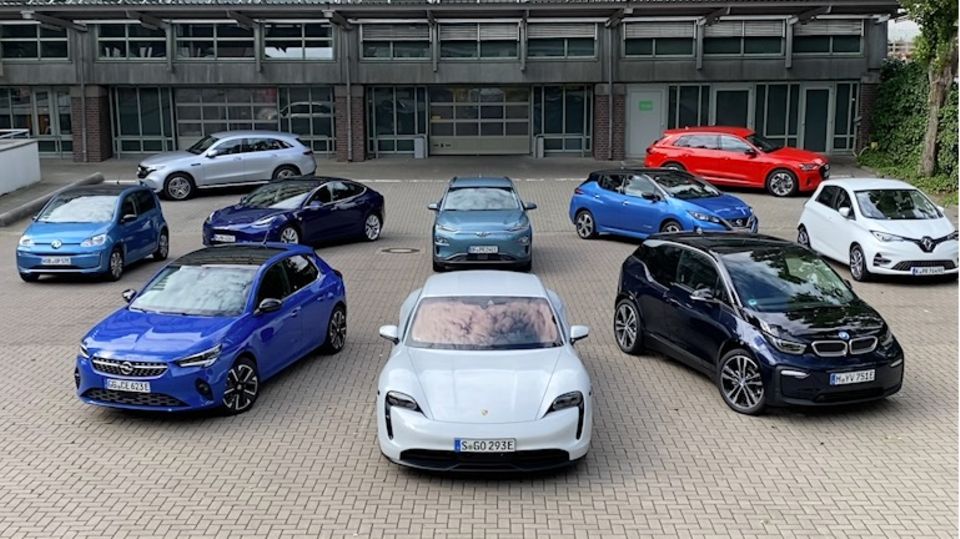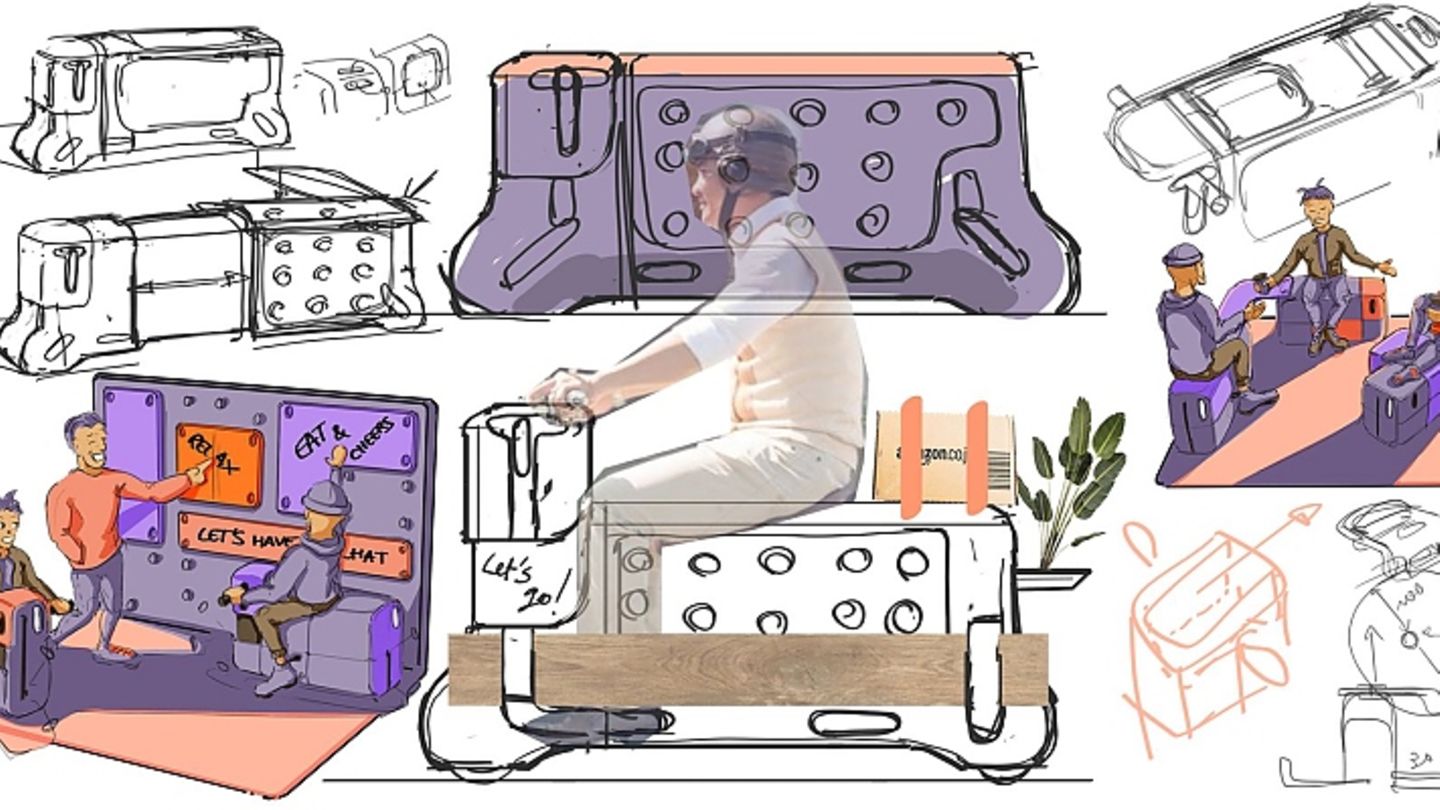The mobility of the future will not only consist of electric cars. In the inner cities in particular, innovative solutions are needed that help older people to stay active. These creative innovations should help.
It’s currently a bit quieter for the last mile. The concepts seem clear. People use e-scooters, e-bikes or even an e-bike to cover the remaining distance to their destination. But in the future, urban life will change more profoundly than has been previously thought. It will no longer just be about getting from A to B, but also about social interaction and a way of spending free time.
Mobile bench and mobile hotel room
How about if you could roll straight out of the living room to meet friends without getting up from the bench? This is exactly the idea behind the concept of the mobile bench, which, as the winner of the Ford Smart Mobility Challenge, received prize money of 14,500 euros. The idea comes from the two design students Corentin Janel and Guillaume Innocenti, who want to ignite the next level of mobility aids with the mobile bench. It is about a new type of individual mobility that enables people to be spontaneous in their social life. Especially when public transport is overcrowded. Automobile manufacturers will have to be even more active here in the future if they want to successfully transform themselves into mobility service providers.
“The mobile bench is a good example of how innovative design can enrich the urban fabric in a multifunctional and entertaining way. The clever concept makes mobility part of the city and at the same time encourages people to interact so that urban spaces can be experienced in a completely new way”, explains Amko Leenarts, Design Director at Ford Europe. The bench seat offers space for up to three people in “normal” mode and can be converted into a two-seater electric scooter with a top speed of 20 km / h in just a few simple steps.
The Rolling Hotel Suite from Aprilli Design Studio takes the idea of movable furniture to the extreme by combining autonomous driving with the idea of a movable hotel room. The idea is simple but ingenious. Instead of moving from hotel to hotel, you move into one or more rooms and create a travel plan. The Robo-Suite then drives to the next destination at night or at any time of the day and docks there. These round hotels have several levels, are also specially constructed and thus enable the mobile room to move on at any time.
Electric wheelchair from Austria
The pace of the mobility transition should also be increased for the elderly and the physically handicapped. Whether as a couple on a tandem wheelchair or alone, locomotion using an electric drive helps to compensate for mobility deficits. The future belongs to sharing offers and flexible drive aids that can be used with little effort.
A smart device that meets these requirements comes from Austria. The name “Klaxon Klick” says it all. The drive unit basically consists of a battery, a wheel, a handlebar and an electric motor and can be clipped onto a conventional wheelchair in a few simple steps. The wheelchair electrified in this way can go up to 15 km / h, can cover up to 50 km with one charge and the battery cells are filled again after 4.5 hours. Driving over gravel and small thresholds should be possible without any problems.
The Austrian company now offers various systems, such as a hybrid solution for pedal cars or a variant that accelerates and brakes by pushing and pulling. The add-on system is quickly decoupled and can be easily stowed away on the move – for example on the train. Together with the Swedish e-scooter rental company Voi, the Austrians are also currently developing a variant that is suitable for “shared mobility” in urban areas.
The prototype WheeM-i (Wheelchairs Mobility Interface) shows how Italdesign envisions the senior citizens’ mobile of the future. The futuristically designed wheelchair uses a very simple principle to save the driver from changing vehicles. People drive their own analog wheelchair over a ramp into the frame and then use it as a means of transport. The wheelchair truck has sensors that are designed to avoid collisions and similar accidents. The WheeM-i is ordered via the app. As soon as the destination is reached, the driver leaves the vehicle by ramp and the next customer can use the electric vehicle. The battery is stowed in the underbody and should guarantee sufficient range.

See in the video: How good are e-cars really? Ten testers from all over Germany will exchange their cars for equivalent electric vehicles for two weeks.
I am a 24-year-old writer and journalist who has been working in the news industry for the past two years. I write primarily about market news, so if you’re looking for insights into what’s going on in the stock market or economic indicators, you’ve come to the right place. I also dabble in writing articles on lifestyle trends and pop culture news.




